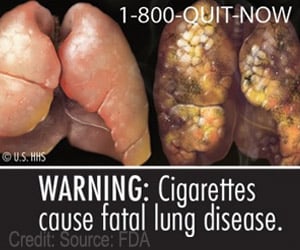It is challenging to single out students at the risk of boozing problems, but a recent study revealed that social media can serve as an effective means to do so.

Co-lead author Lynsey Romo said that this work underscores the central role that social networking sites, or SNSs, play in helping students coordinate, advertise and facilitate their drinking experiences. The study also indicates that students who are at risk of having drinking problems can be identified through SNSs.
"We started this project with a threshold question: what drives students to drink and post about alcohol on SNSs," says co-lead author Charee Thompson. To address that question, the researchers conducted an online survey of 364 undergraduate students at a Midwestern university.
The students were all over 18 years, reported having consumed at least one alcoholic drink in the past month, and had an active Facebook, Twitter or Instagram account. The team found that posting about alcohol use on social media was actually a stronger predictor of alcohol problems than alcohol use was. In other words, having a drink was less strongly correlated with alcohol problems than posting about alcohol use was, though clearly students with alcohol problems were drinking alcohol.
"This might be because posting about alcohol use strengthens a student's ties to a drinking culture, which encourages more drinking, which could lead to problems," Thompson says. Romo noted that these findings can aid policymakers in developing interventions to target the most at-risk populations, particularly students with strong alcohol identities and social media may help identify those students.
The paper is published in the Journal of Health Communication.
Advertisement














